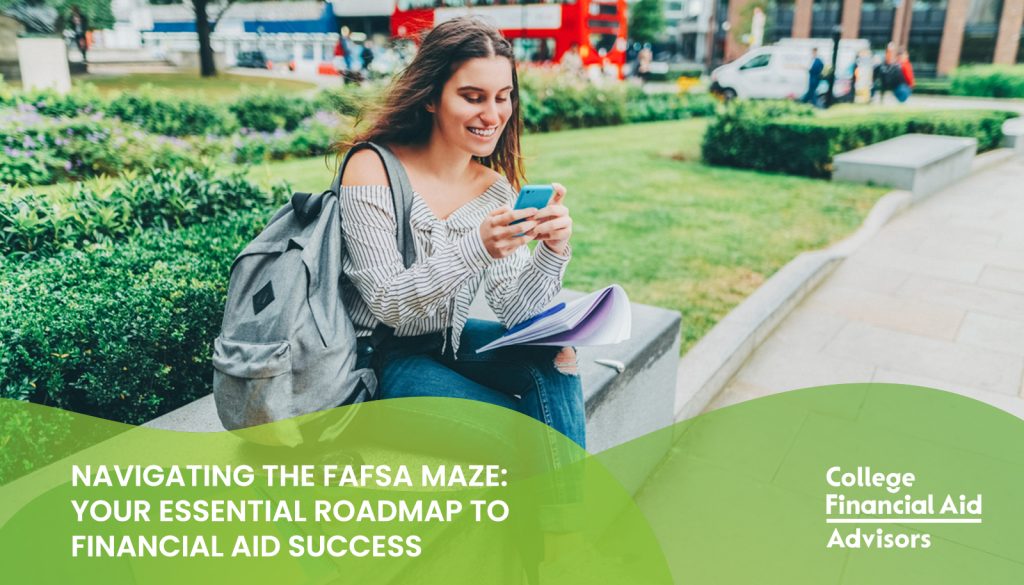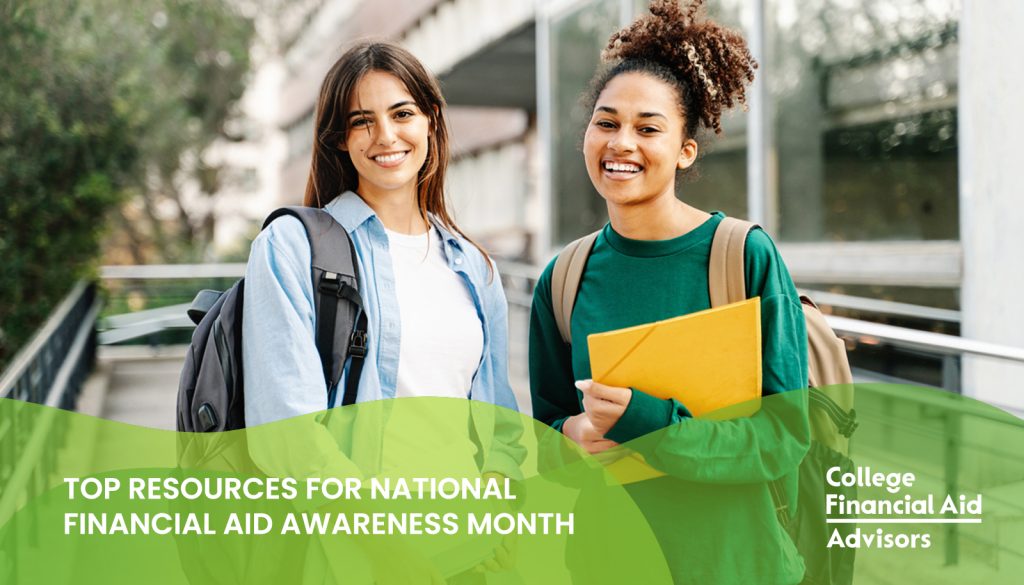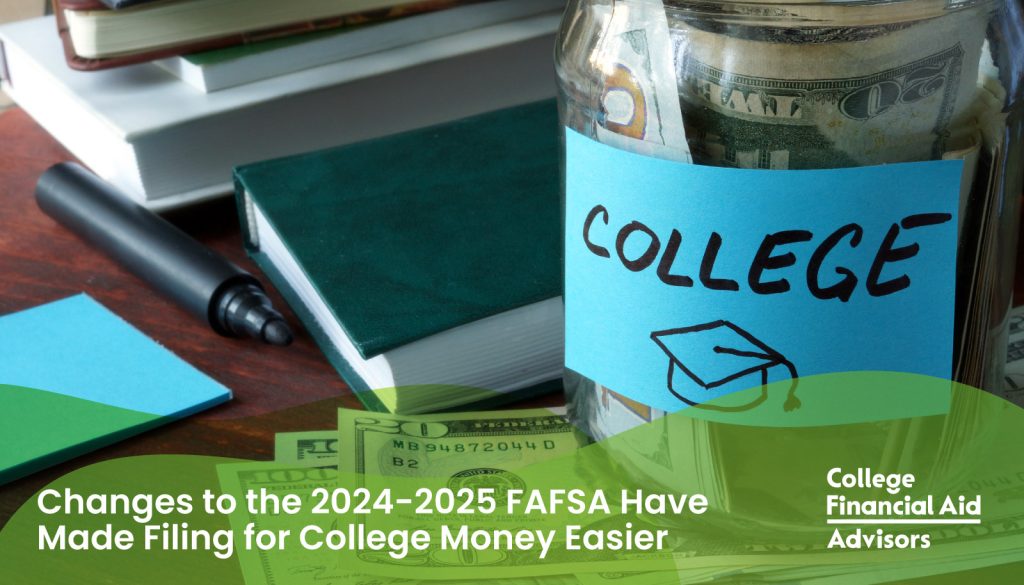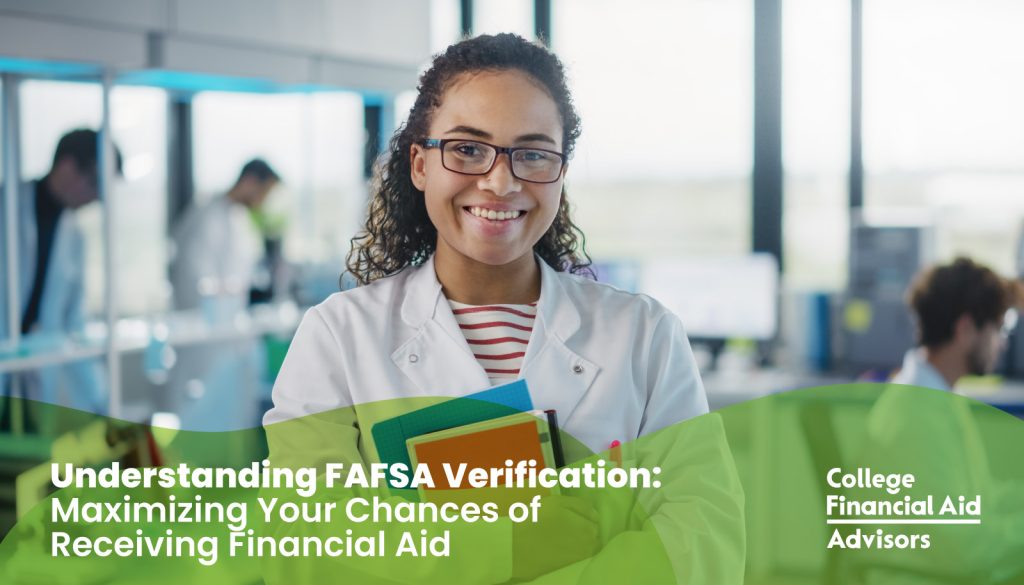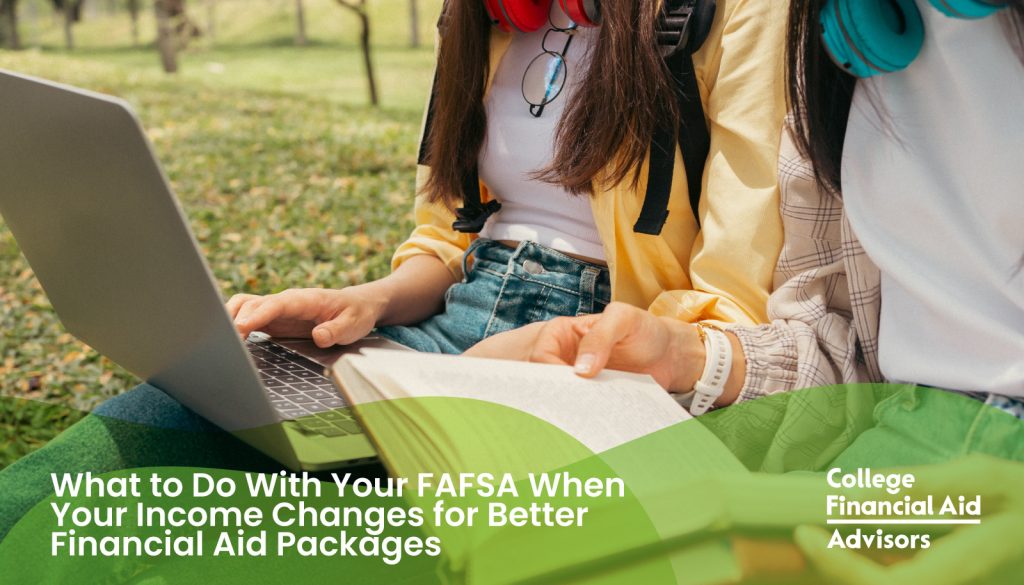Navigating the FAFSA Maze: Your Essential Roadmap to Financial Aid Success
As the gateway to federal financial aid for college, the Free Application for Federal Student Aid (FAFSA) is a crucial step for students and their families in securing funding for higher education. However, completing the FAFSA can often feel like navigating a maze, with complex forms and important deadlines to contend with. This year, in particular, has presented many students for families seeking aid for college. I hope that these steps help you feel more confident about completing your FAFSA (this year and future years!). The FAFSA Basics: Before diving into the intricacies of the FAFSA, it’s essential to understand its purpose and importance. The FAFSA serves as the primary application for federal student aid programs, including grants, loans, and work-study opportunities. Additionally, many states and colleges use the FAFSA to determine eligibility for their own financial aid programs. The bottom line is that if you don’t file the FAFSA, you definitely won’t receive any aid for school. A common misconception is that based on a family’s life and finances, their student won’t receive aid. You honestly never know, so the best policy is to always file the FAFSA. The only sure fire way to not receive aid is to not complete the FAFSA. How to Successfully File the FAFSA: Gather Necessary Documents: Before starting your FAFSA, gather important documents such as your Social Security number, tax returns, and records of untaxed income. Having these on hand will streamline the application process. The FAFSA now pulls income from your tax return, so make sure you’ve filed that before you complete the form, too. Create an FSA ID: Both students and parents need to create a Federal Student Aid (FSA) ID, which serves as your electronic signature for the FAFSA. This step is crucial for security and authentication purposes. If you’re a junior, now’s a great time to get your FSA ID setup so you’re ready come the fall! Complete the FAFSA Form: The FAFSA is available online and can be completed electronically or through a paper application. Provide accurate information about your family’s financial situation, including income, assets, and household size. If you’re struggling with the forms, consider asking a financial aid expert (like me!) or your high school counselor for help. Review and Submit: Take the time to review your FAFSA carefully before submitting it. Double-check for errors or missing information that could affect your eligibility for aid. Any wrong information will delay your application delivery to the schools on your list. Follow Up: After submitting your FAFSA, be sure to monitor your application status and respond promptly to any requests for additional information from colleges or financial aid offices. This helps ensure that your application is up-to-date and the schools can make informed decisions for your aid package. Pitfalls to Avoid When Successfully Filing the FAFSA: Missing Deadlines: FAFSA deadlines vary by state and college, so it’s crucial to know the specific deadlines for each institution you’re applying to. Missing deadlines could result in lost financial aid opportunities. The 2024-2025 application cycle has been absolutely wild – so don’t take this year as an example of what the cycle is like. Normally it’s much more straightforward with a simple and clean operating site. Remember, aid is often given on a first come, first serve basis so it’s in your best interest to file as accurately as early as possible! Providing Inaccurate Information: Accuracy is key when completing the FAFSA. Failing to report income or assets accurately could result in penalties or loss of aid eligibility. This is important to everything from your name to your lists of schools. Any errors will cause delays in your application – and potentially a loss of aid options. Ignoring Updates and Changes: The FAFSA process is subject to updates and changes each year, so it’s essential to stay informed about any new requirements or regulations that may affect your application. Stay in touch with me here at CFAA to be kept up to date with any changes on the FAFSA! Current Updates to the FAFSA This year, the Department of Education updated the FAFSA in hopes of creating a more streamlined application process. Unfortunately, this year’s cycle has been anything but simple. From issues with the site itself and now delayed financial aid deadlines, many students and families are feeling the pressure of finding money for college. These delays are impacting all students, as they feel more rushed to make decisions about what to do – but low-income and first-generation students may feel this rush more deeply. Despite these difficulties, many positive changes have been made to the FAFSA for the 2024-2025 application cycle. One of them was the Federal Tax Information update. Using this tool, the form will pull information from your current tax return. This saves a lot of time and reduces mistakes from entering income. Super helpful! Additionally, the questions that were included on the form have been reduced – making the form shorter and easier to fill out. Successfully completing the FAFSA can be a daunting task, but with careful planning and attention to detail, you can navigate the process successfully. By following the key steps outlined in this guide and avoiding common pitfalls, you’ll be well on your way to securing the financial aid you need to pursue your educational goals. I hope these tips on how to successfully file the FAFSA make the entire process feel less daunting! More about Jodi and College Financial Aid Advisors Jodi is a FAFSA financial advisor who helps with the financial aid process to help families of college students maximize their financial aid. From completing the FAFSA and completing the CSS Profile to reviewing the SAR, responding to requests for verification, comparing financial aid offers and understanding student loan options, Jodi is a fantastic resource when it comes to student financial aid. Schedule a 15 Minute Power Chat to learn more about finding ways to pay for college.

